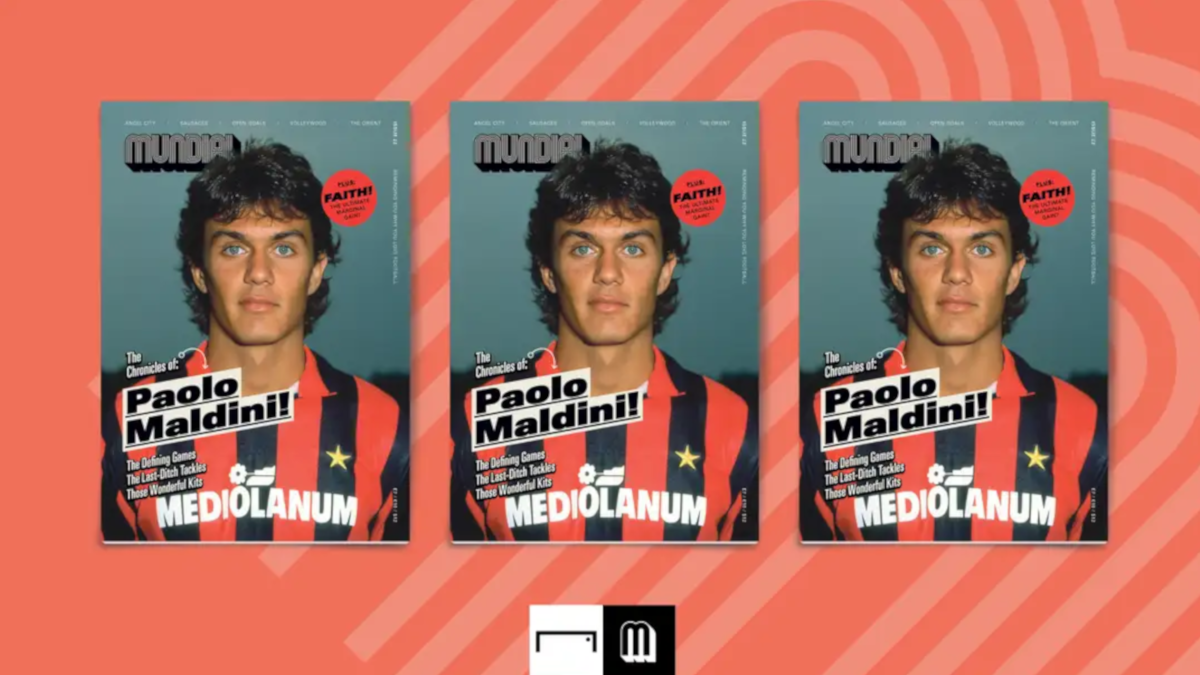All around the world, people are getting their voices heard, making 2024 the biggest year democracy has ever seen. With an estimated 4.2bn people going to the polls, over half of the world’s population have had/will have the opportunity to change their government and shape policy in a global exercise in democratic empowerment.
But, of course, the reality is a little different
Allegations of rigged elections, opposition suppression, and crackdowns on activists have been widely reported at numerous ballots thus far in 2024, and concerns about misinformation are rife. At the macro level, it would seem that rather than people having real power to change, we’re being served up a cheap imitation of a democratic process driven by systems that are built on the status quo.
Yet, as depressing as that sounds, there remains hope where there’s always been hope — at the edges and in the cracks of those systems, in those small communities whose impact far outweighs their size and apparent ability to bring about change. The Netflix film The Kitchen (2023) tells the fictional story of the last estate in London, a narrative of gentrification and sameness, a dystopian picture of a community’s last stand.
Far from this space being as grimy and scary as the system portrays, it becomes clear this is the last bastion where real life happens, a safe haven from the beige-ness outside, complete with its own sights, smells, stories and through the soundtrack of a DJ named Lord Kitchener (played by former footballer and TV personality, Ian Wright).
It’s community that provides richness and hope
It’s this cohesion, shared identity, and creative expression that makes community engagement and building so attractive to brands. Think of the most iconic and enduring brands in the world, and you’ll invariably find an engaged and active community nearby.
Apple’s ‘Behind the Mac’ campaign leans into the creative community that Apple likes to think they created but who, in reality, have always existed but were rarely thought of in the technology space. Gymshark has grown largely due to its community of — first and foremost — gym-goers, who have been drawn to the brand through a shared set of values. From Patagonia to Corteiz, Lime Bike to Peloton, we’re seeing an era in which brands understand the importance of culture and have the knowledge and motivation to activate a community.
Leaning into — or building from the ground up — a highly engaged community makes smart sense. That sweet space where the values and rituals of a brand overlap with those of a community gives brands the sort of air cover that traditional media lacks, your own cheerleading squad, shaping brand, fan and product strategy, with the richness that a research persona can never provide.
But don’t get it twisted…
You don’t have a community just because your customers connect to you on Instagram. You don’t have a community if you have members of your loyalty scheme. You don’t have a community if people turn up to the events that you’ve badged. Real communities don’t solely exist because they have something in common or because people happen to turn up at the same place — as any business owner wondering why their company culture failed to hold up during the remote working revolution can testify.
Just because you wear Nike trainers doesn’t mean you share any sort of kinship with other Nike fans. Community requires a group of people to really care about one another and the community to which they belong. That’s where their strength lies, in the bonds between people, the shared identities that exist, and the goals they share.
Dancefloor culture in the UK was built upon common themes driven by exclusion, otherness, and the freedom felt by hundreds of people getting down to the music. And it still is, as beautifully portrayed in the Glitterbox documentary, Where Love Lives (2021).
Similarly, football culture is about moments of collective relief, of rallying around a club with a unique set of stories and rituals and the shared experiences of fans. Brands like quarterly print football magazine Mundial get that. They tap into the culture in a way that few others do. For any meaningful, enduring brand engagement in culture to be fully realised, being part of the community that drives it is imperative. And being part of it means you have to care as much as they do. You have to show up as they do. You have to understand the codes and rituals as much as they do.
And the culture has to be better for you being there, not worse. Because, as it ever was, the people will make or break you.
Whilst systems and solutions do exist to give brands (like governments) a veneer of control and engagement, we are a community species — and in our space, you have to play by our rules.
Featured Image: Mundial Magazine

